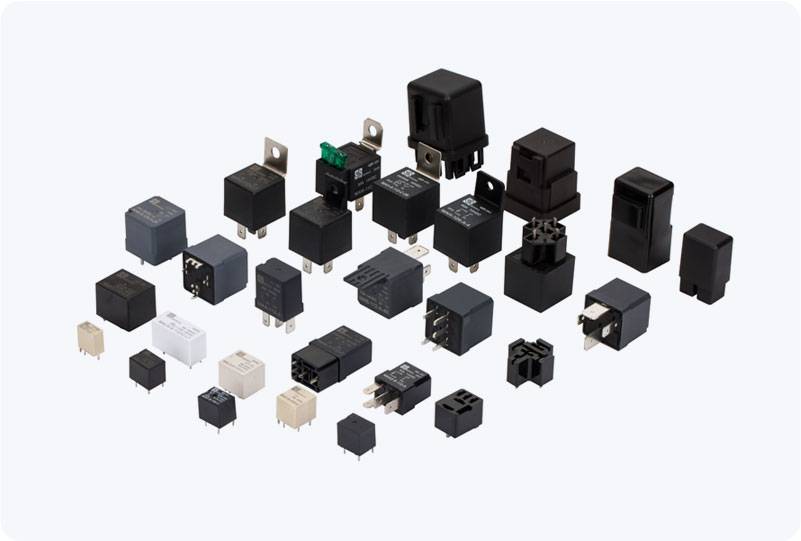understanding high-power relays: key components in power control systems
Release time:2025-06-17 11:45:46
High-power relays are crucial components in many electrical systems that manage the flow of electricity to high-powered devices. These specialized relays are designed to switch and control circuits with high voltage and current levels that typical low-power relays cannot handle. As a result, high-power relays play an essential role in applications ranging from industrial machinery and power distribution to electric vehicles and renewable energy systems. In this article, we will explore the functioning, features, applications, and types of high-power relays.

What is a High-Power Relay?
A high-power relay is an electromechanical or solid-state device used to control the switching of high-voltage and high-current electrical circuits. These relays are commonly used in systems that require the switching of large power loads with minimal loss and maximum safety. By providing isolation between low-power control circuits and high-power load circuits, they allow low-voltage electronics to control heavy-duty equipment, like motors, heating systems, and lighting, without direct electrical contact.
How Does a High-Power Relay Work?
High-power relays function based on the principle of electromagnetism. When a control signal is applied to the relay's coil, it generates a magnetic field that causes the internal switch to close or open the circuit. In electromechanical relays, this switch physically moves when actuated by the electromagnet. On the other hand, solid-state relays use semiconductor devices such as thyristors, triacs, or MOSFETs to switch the circuit without any moving parts, offering faster switching times and greater durability.

